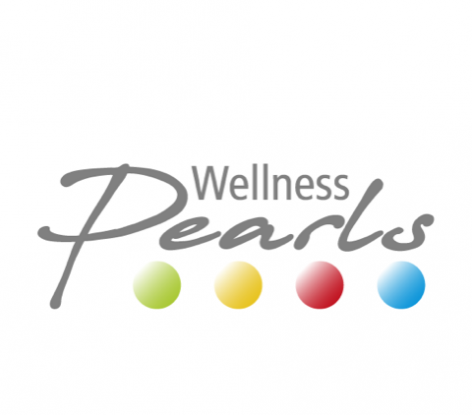Wellness dictionary
Little ABC for your spa-break questions ...
In their treatment discriptions, wellness hotels often use technical terms, which are hard to understand for potential guests. We have therefore collected and defined the most relevant terms in our small wellness ABC. A tip: Our wellness dictionary also supports word requests. You don't need to know the exact wording.
Select letters or search term:
Thalassotherapy
Thalassotherapy - History
The study of how wounds on the hands of fisherman healed without becoming infected was attributed to the Greek doctor Hippokrates. Consequently, he assumed that the sea had an active healing power and he prescribed his patients with sea water baths and compresses. Therefore, Hippokrates was credited with becoming the founder of thalassotherapy, amongst other natural healing methods.
Over many centuries the therapy had almost been forgotten because water was considered to be the trigger for the pest and syphilis epidemics in the middle ages. In 1750, a discovery by Richard Russell, a British physician, found that people living close to the sea didn’t become ill as often as people living inland. This in turn boosted the popularity of thalassotherapy. The development of sea resorts started in England and gradually spread out to the continent.
Thalassotherapy - nowadays
Modern thalassotherapy was then founded and scientifically developed by the French biologist René Quinton. He proved that the positive therapeutic effects of sea water have a similar consistency to human blood plasma. Therefore, we can add to our storage of essential minerals and trace elements through having sea water baths and sea water treatments.
The success of thalassotherapy is based on two components:
- the healing salt in the sea and
- the essential minerals in algae.
Seawater consists of an impressive amount of minerals, trace elements and vitamins which are the basis for medical and cosmetic treatments. Nowadays, modern thalassotherapy is carried out either directly by the sea or in sea water pools in thalasso centres. Direct thalasso sea baths are known to be the most active form of thalasso treatments. Nowadays, thalasso centres are also provided with a fresh sea water pump, which is filtered frequently and heated to 33°Celsius. In addition, the warm sea water can relax the muscles and sooth joint pain. Therapies can include water gymnastics in the sea, water basin or in massage baths, where the skin is massaged with warm sea water through small jets.
The second very important part of thalassotherapy is algae. Algae are administered mainly in the form of wraps and compresses as well as in baths or through diet. Sea algae are rich in essential amino acids, carotene and vitamins as well as in forty five minerals and trace elements. They are used in medicine to decrease stress and to treat rheumatism and also in the beauty sector e.g. to reduce cellulite.
Related topics: Algae Therapy Bathing cure Baths Climatotherapy Thalgo Cosmetics Valo Bath

